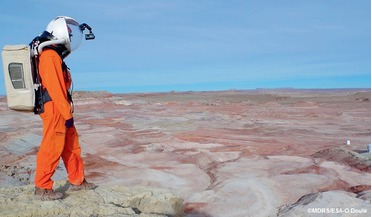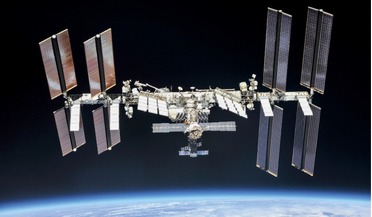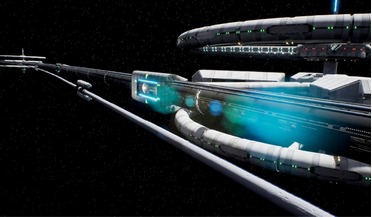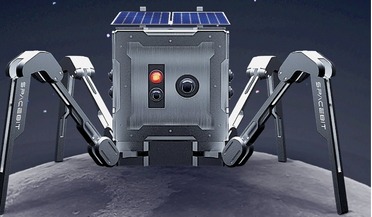 December 2014
Ready for Mars? From Mars-500 to zero-gravity medical issues
December 2014
Ready for Mars? From Mars-500 to zero-gravity medical issues
...of lack of gravity include a reduction in red blood cell production plus a loss of immune resistance. As bacteria and mould growth appears to increase in spacecraft during zero gravity, great care will be required regarding hygiene and diet ...
 October 2015
Japan’s H-IIA rocket: beautiful, accurate, and on-time
October 2015
Japan’s H-IIA rocket: beautiful, accurate, and on-time
... up three-dimensional structures by selectively melting and solidifying metal powders. The process is free from metallic moulds and configures complicated shapes very close to specification for final products at a sharply reduced manufacturing cost...
 January 2019
Materials make the space mission
January 2019
Materials make the space mission
... wear as well as biological growth - famously the Mir station, ISS’s predecessor, had surfaces pitted by fungi and mould. The single most challenging environment a spacecraft will face is during reentry, either to Earth - in the form of a reusable...
 May 2019
The inadequacies and dangers of modern rocket technology
May 2019
The inadequacies and dangers of modern rocket technology
... lead to the degradation of the human race. After all, our Earthly civilization lives under the principle of ‘mould in a Petri dish’. After eating all the limited resources, it will die. Large-scale space exploration and...
 July 2020
Lego’s replica space programme
July 2020
Lego’s replica space programme
... kit form the base or ‘lunar surface’, which could otherwise have been designed as a single piece of accurately moulded plastic. However, as one builds a crater in typical Lego pixelated-style, one realises that these sets should...
 November 2020
Walking on the Moon
November 2020
Walking on the Moon
Lunar rovers, Mars rovers… any planetary roving vehicle has wheels - unless, of course, it has legs and resembles a spider. Serial entrepreneur Pavlo Tanasyuk, Founder and CEO of Spacebit, takes a brief look at the history of rovers and explains why...